Mikiya Takimoto Works 1998-2023

- Price:
- 9,000 yen (JPY)
- Author(s):
- Mikiya Takimoto
- Language(s):
- Japanese
- Size:
- 246 × 190 × 47 mm, 1920 g
- Pages:
- 596
- Binding:
- hardcover
- Release date:
- 20240226
- ISBN:
- 978-4-86152-927-6 C0072
Experience the world of Mikiya Takimoto, a dominant force within Japanese advertising in the new millennium.
Related books
5 Continents: Trails into the Unknown
Toyota 5 Continents Drive Project
Crossover
Mikiya Takimoto
Land Space
Mikiya Takimoto
[photograph] Books in the category
New Books
NewThe Town You Live In: Reprinted Edition
Yoshiyuki Okuyama
New Books
Readymade: Shinichi Kaneko Photographs
Shinichi Kaneko
New Books
A Portrait for Myself
Kei Ono
New Books

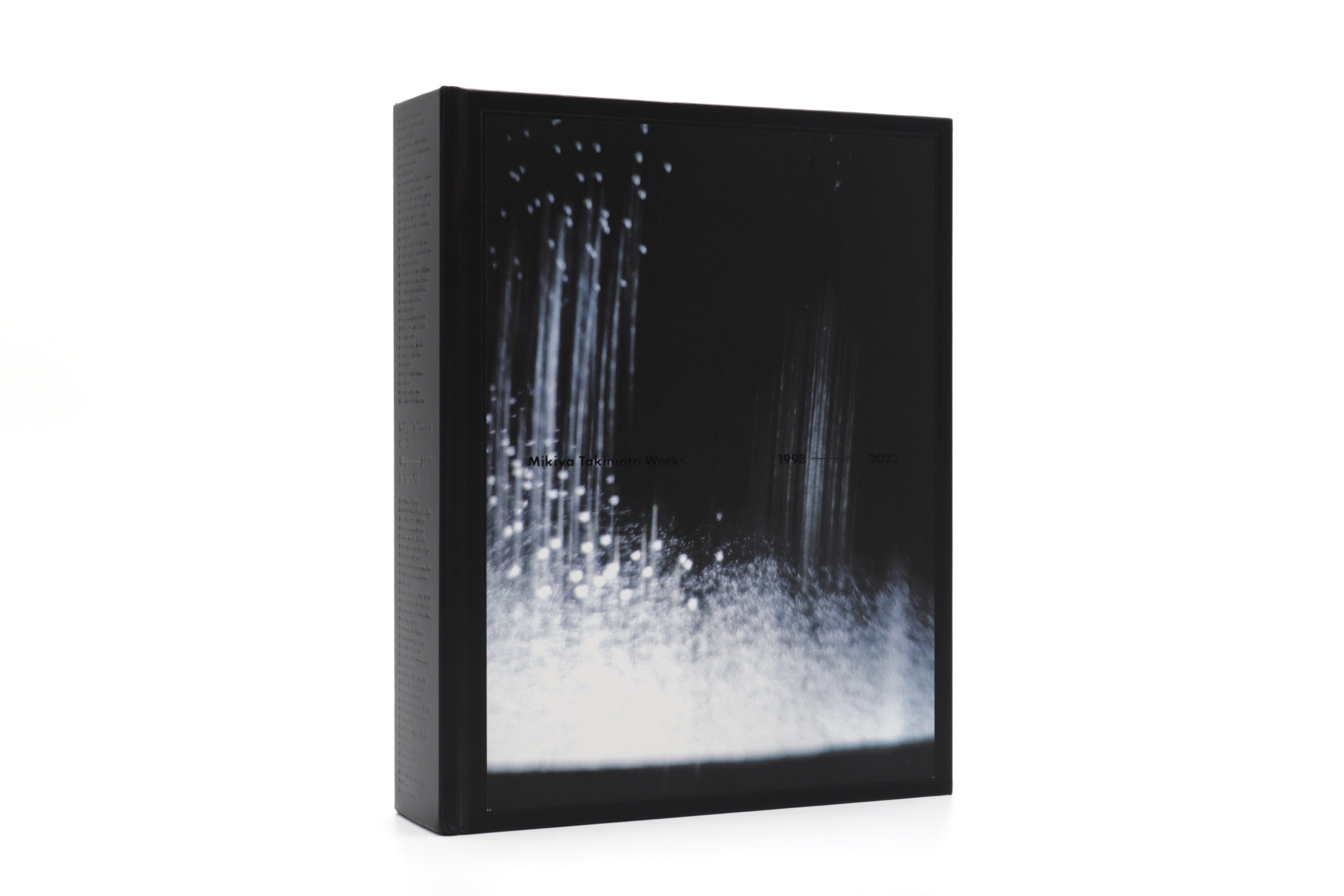
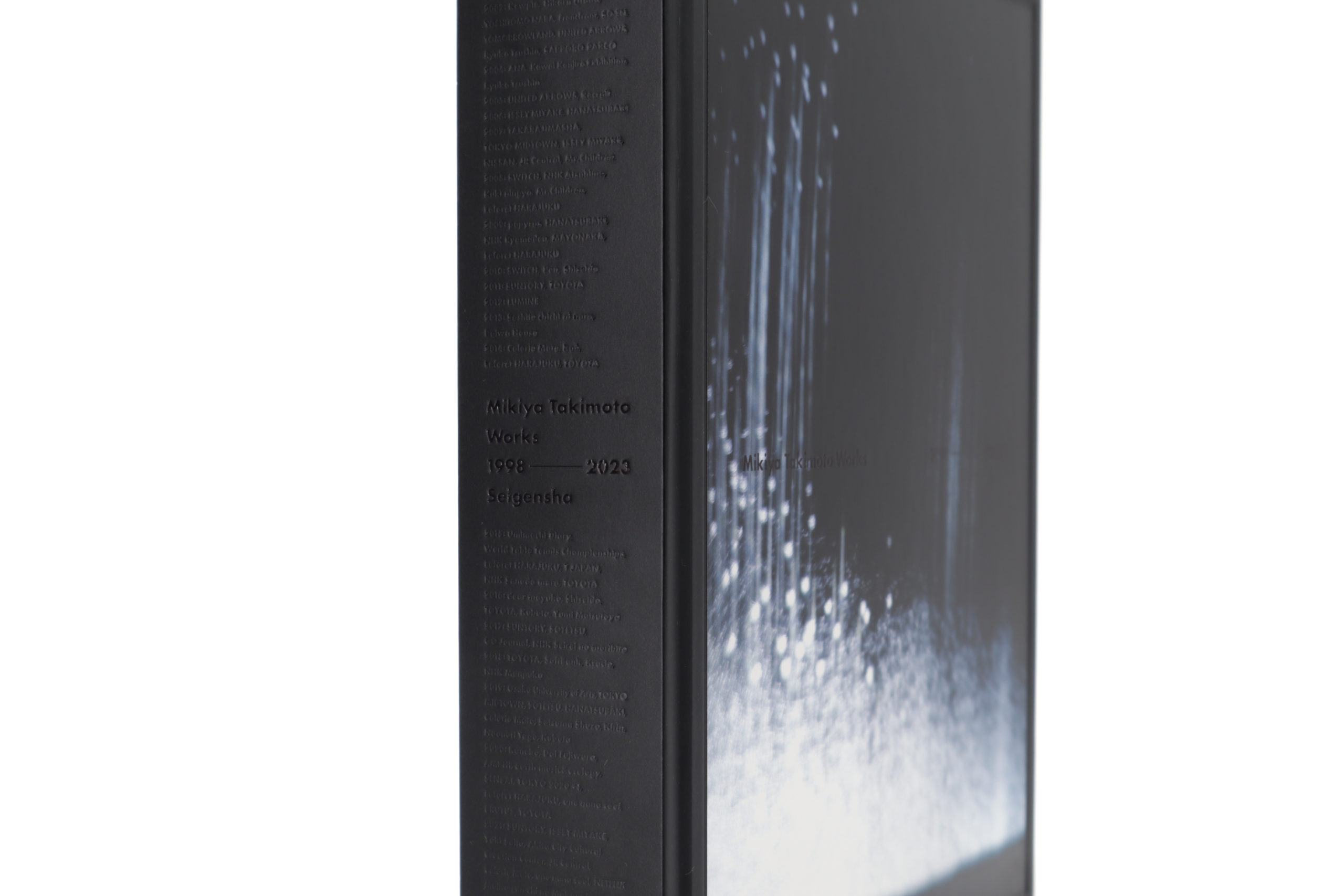

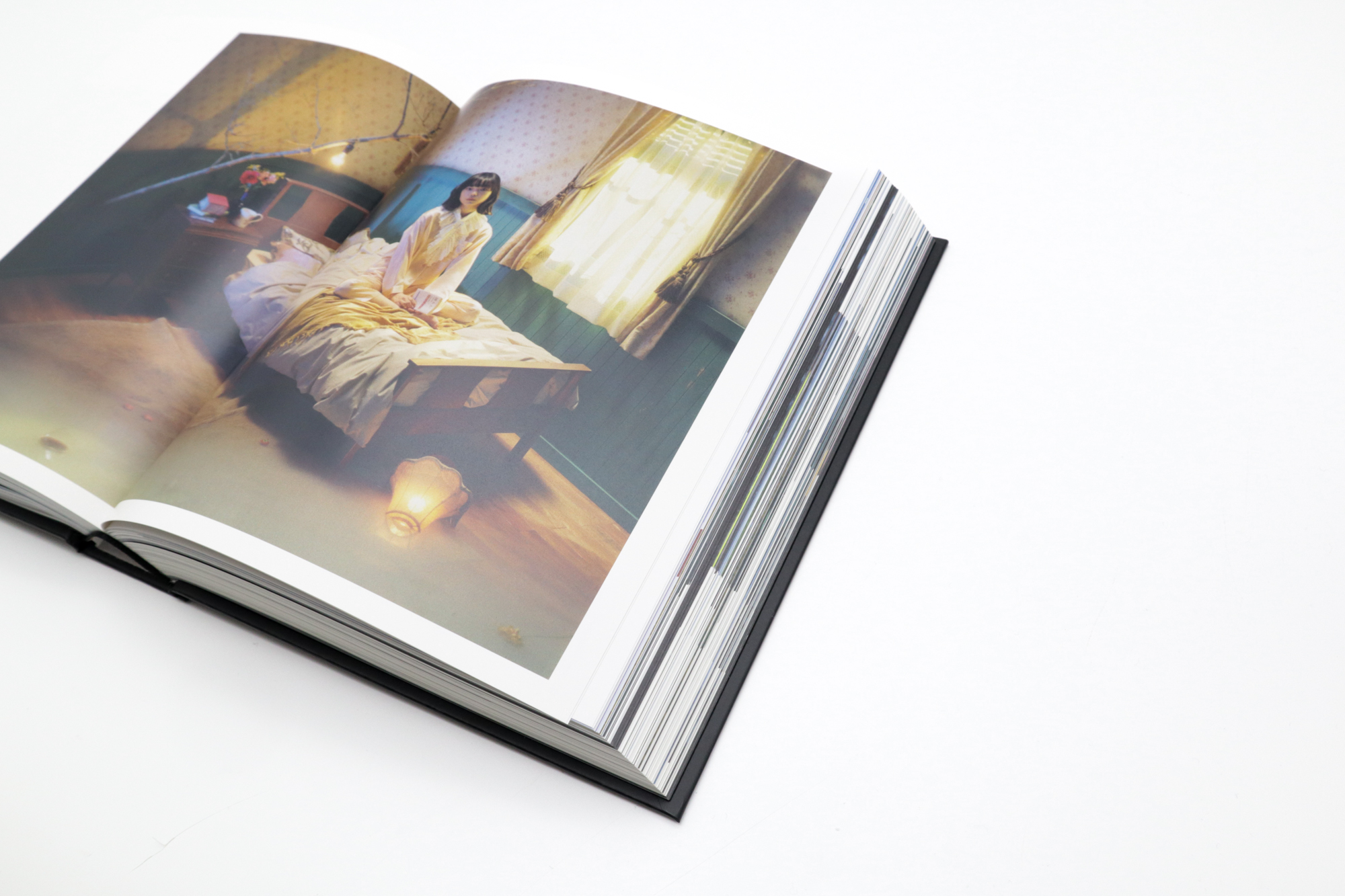
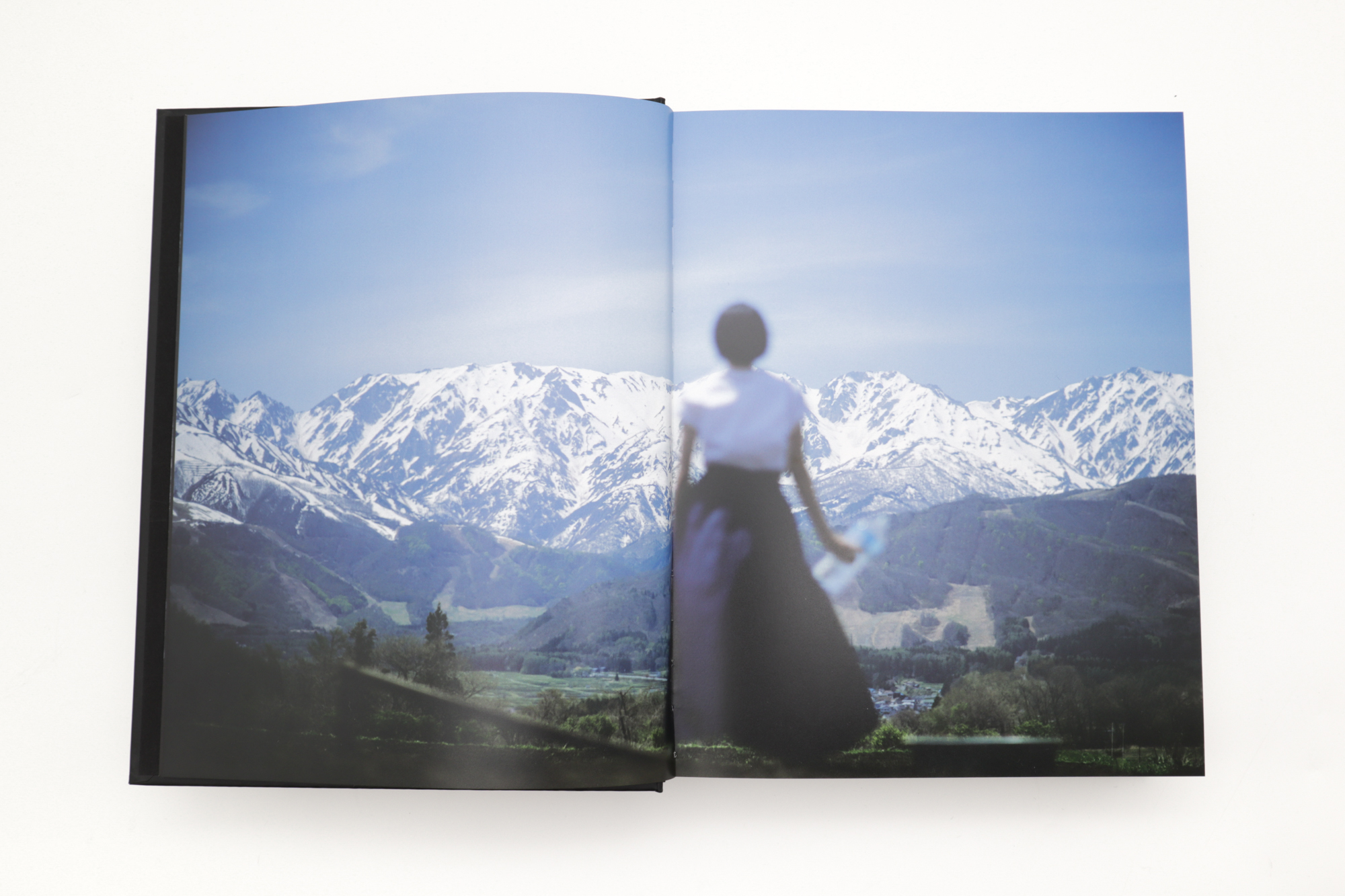

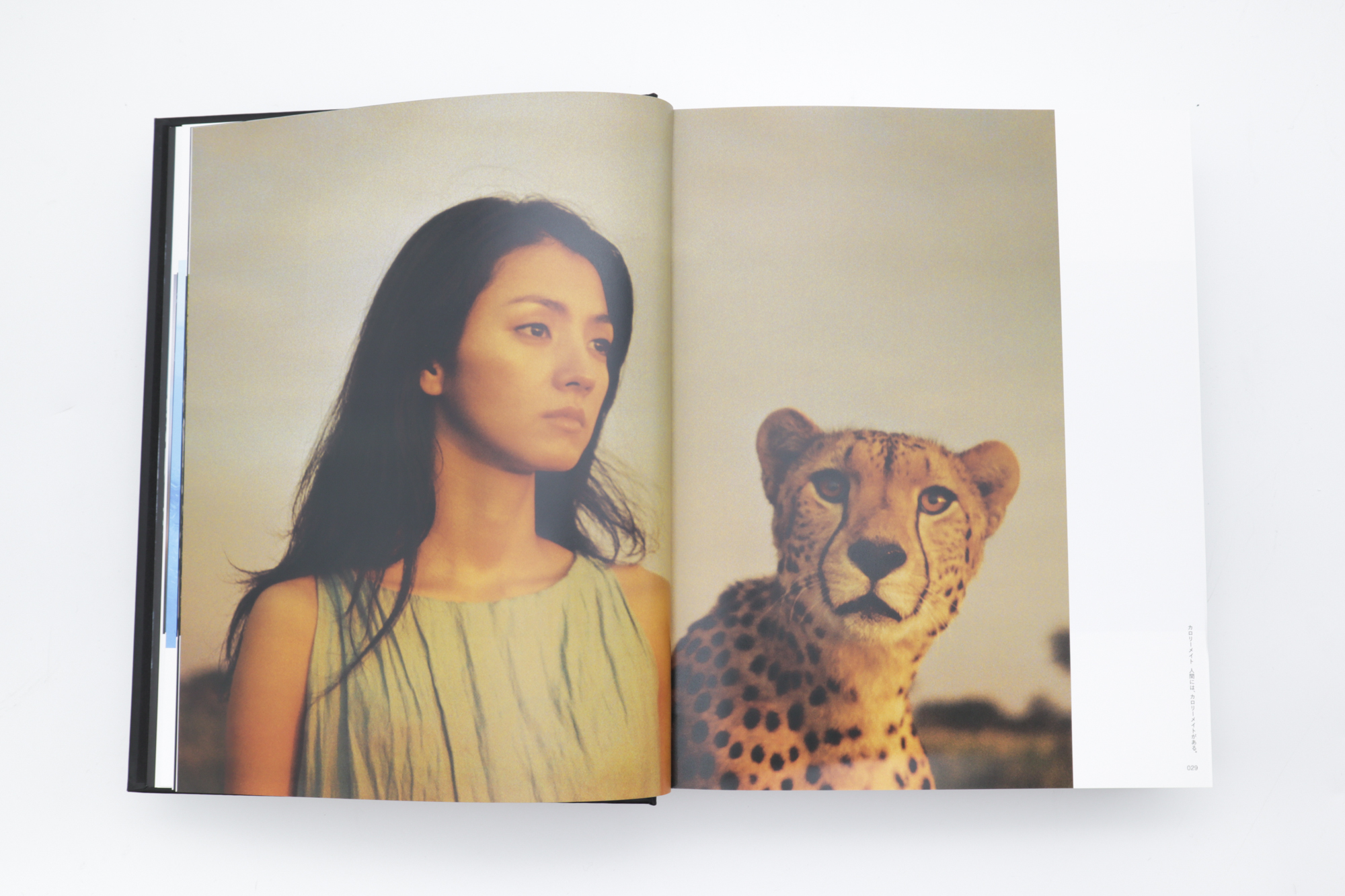


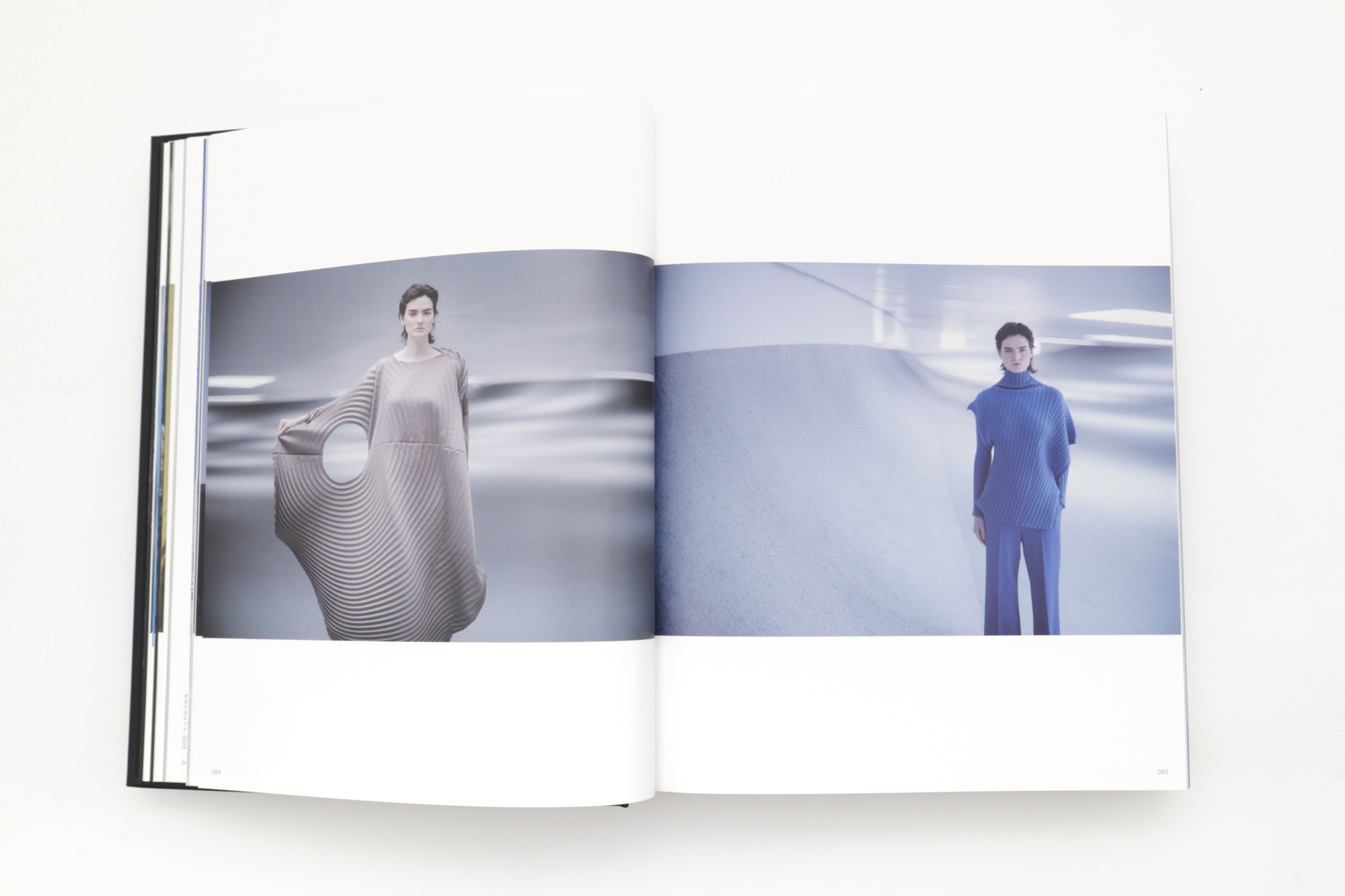


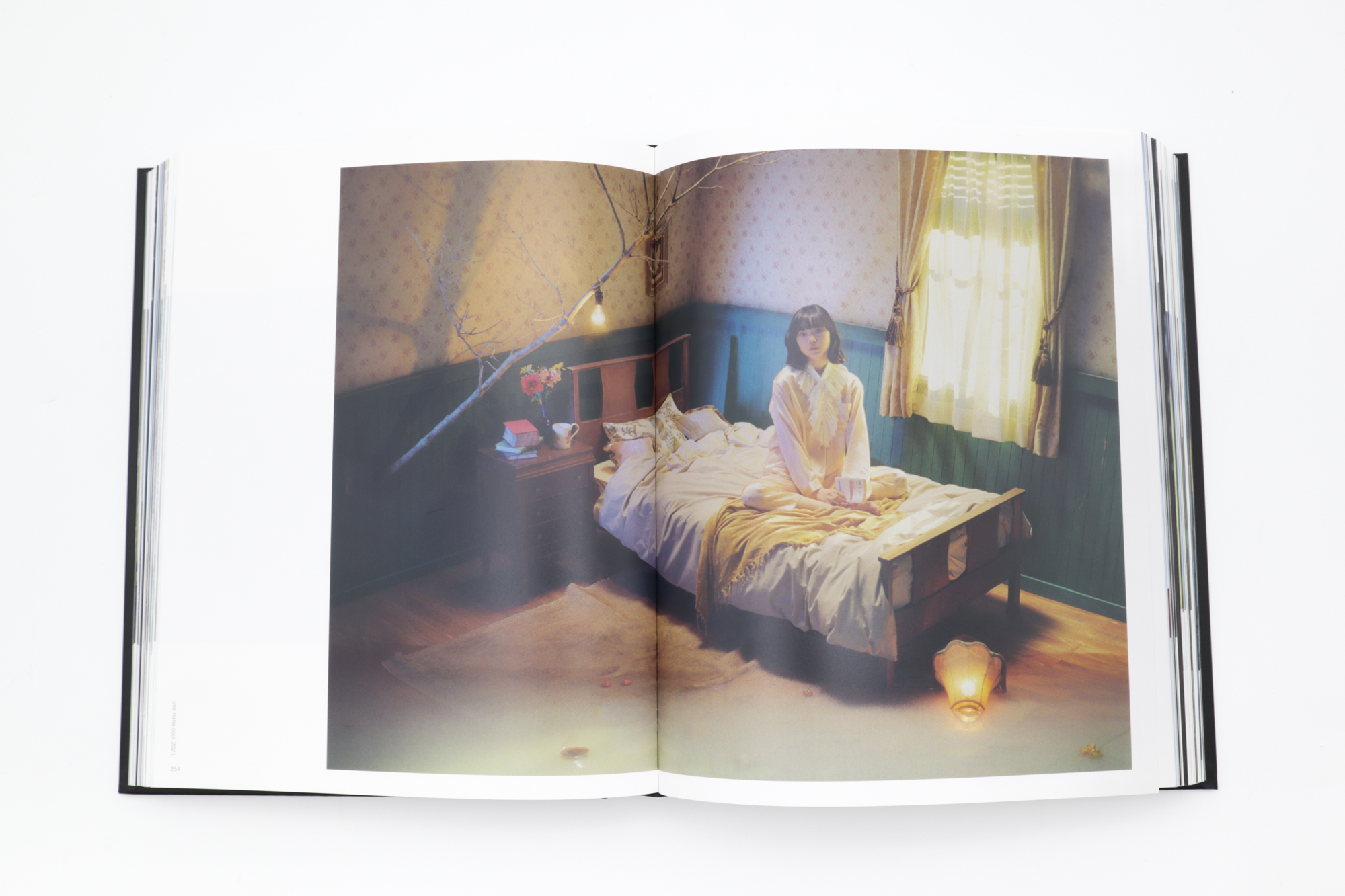

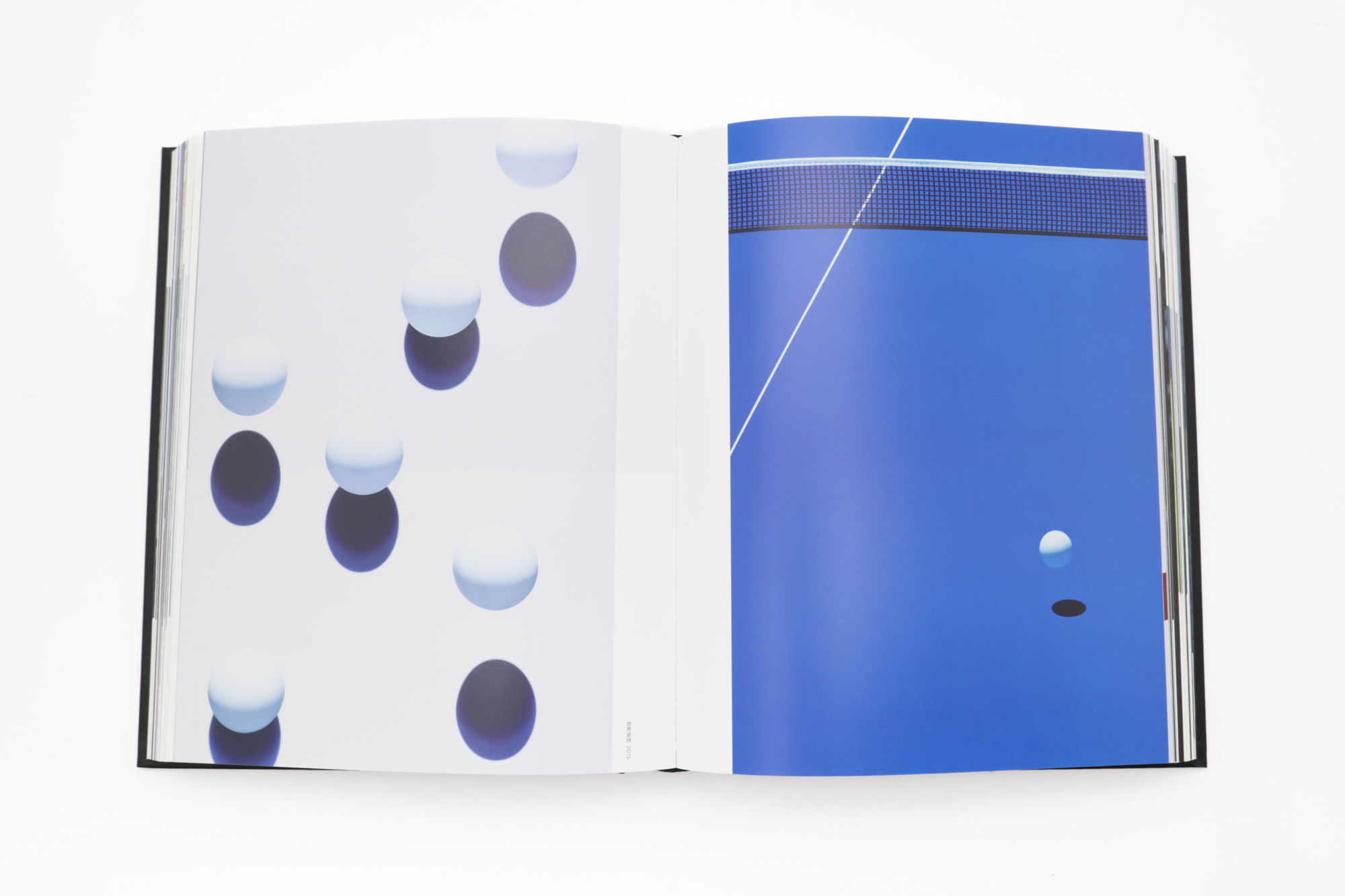
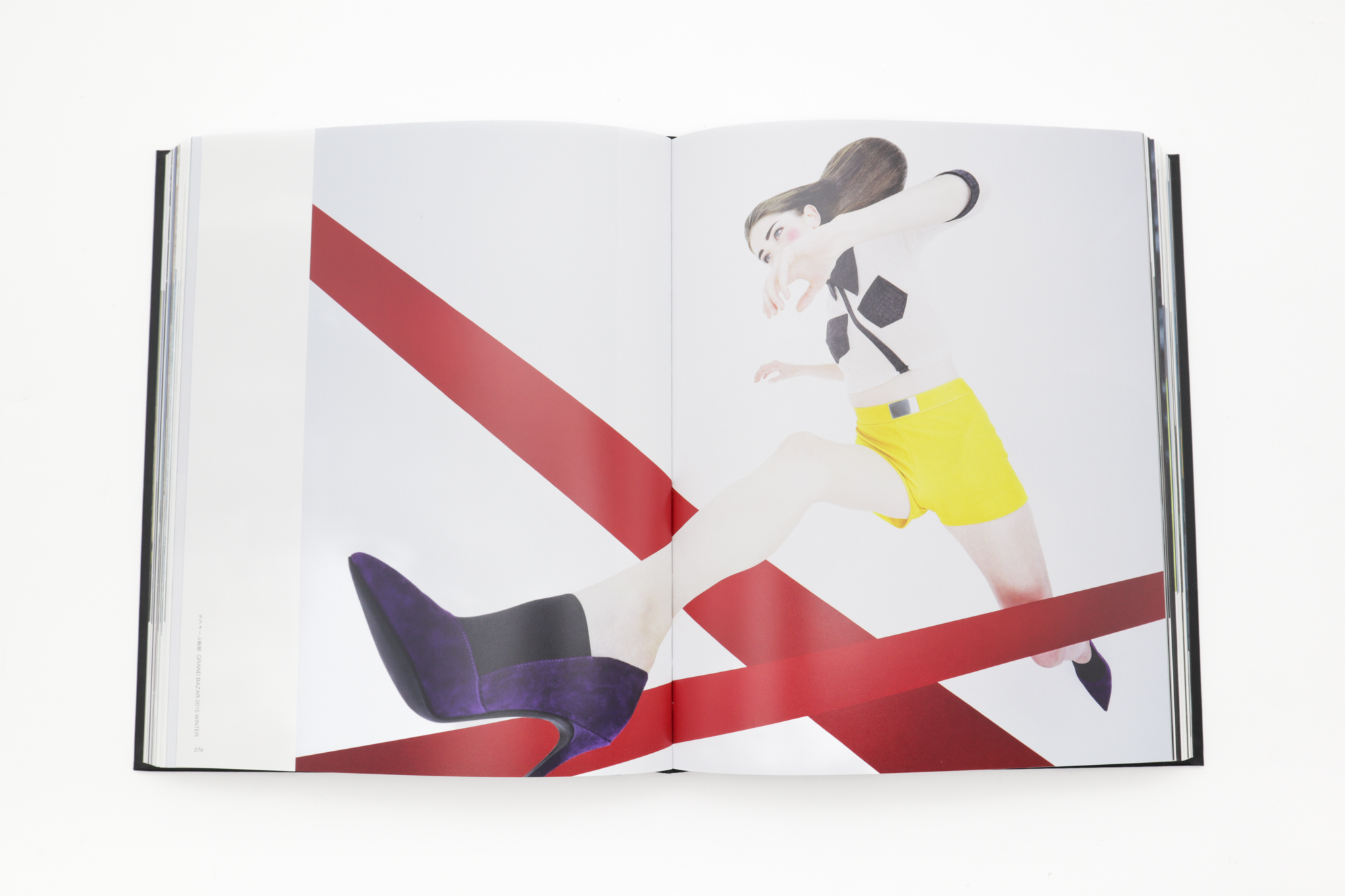
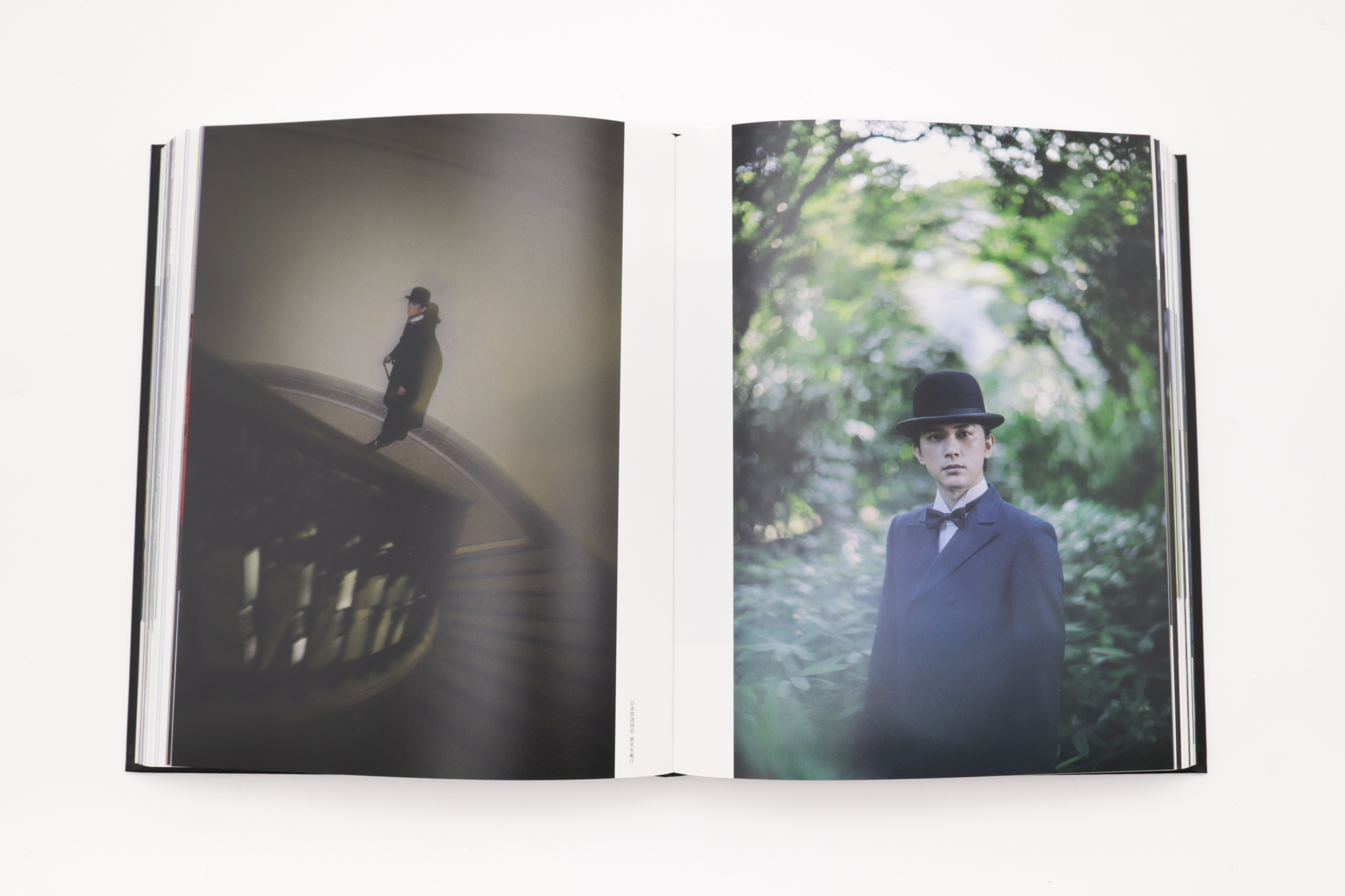
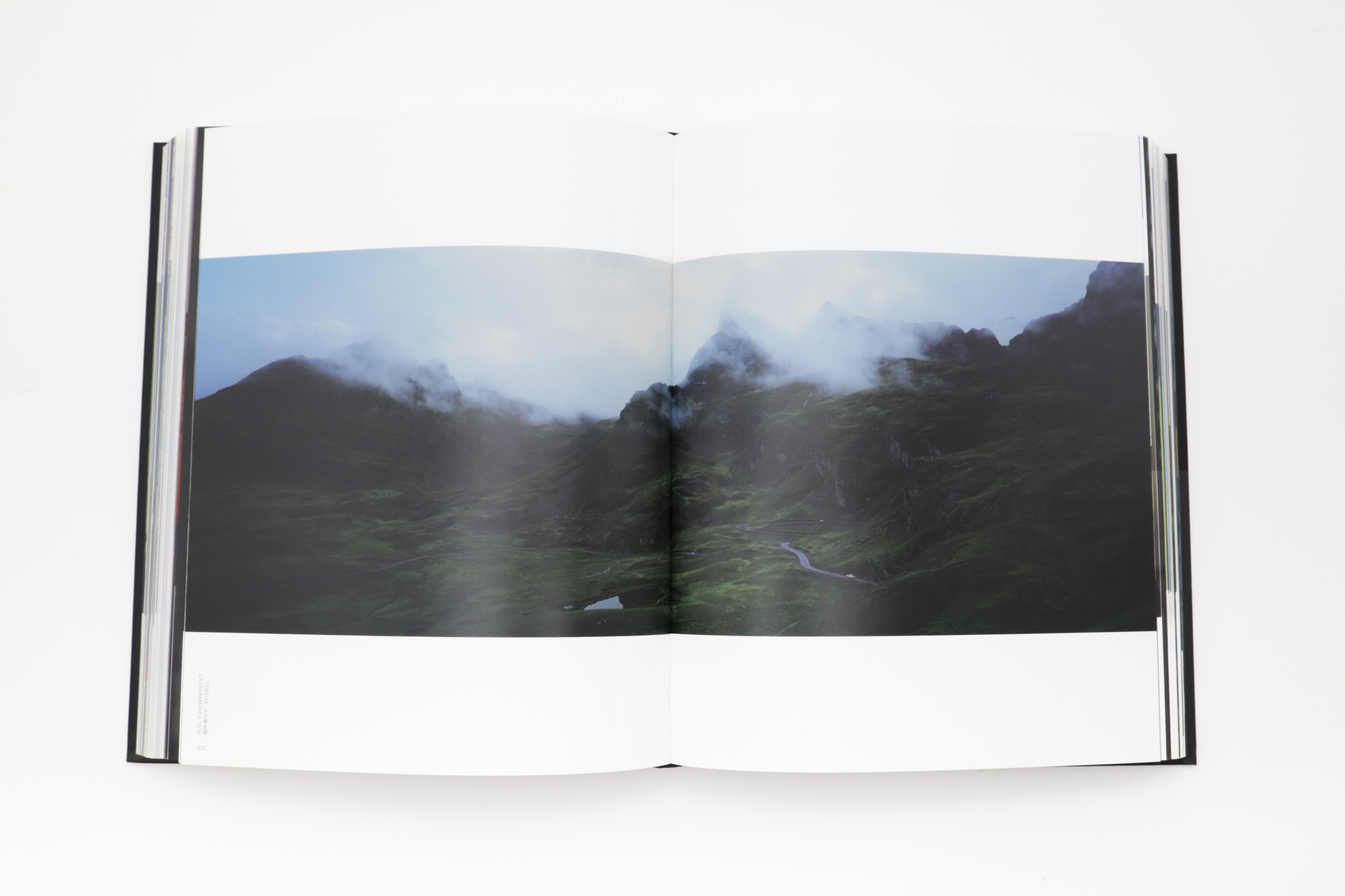
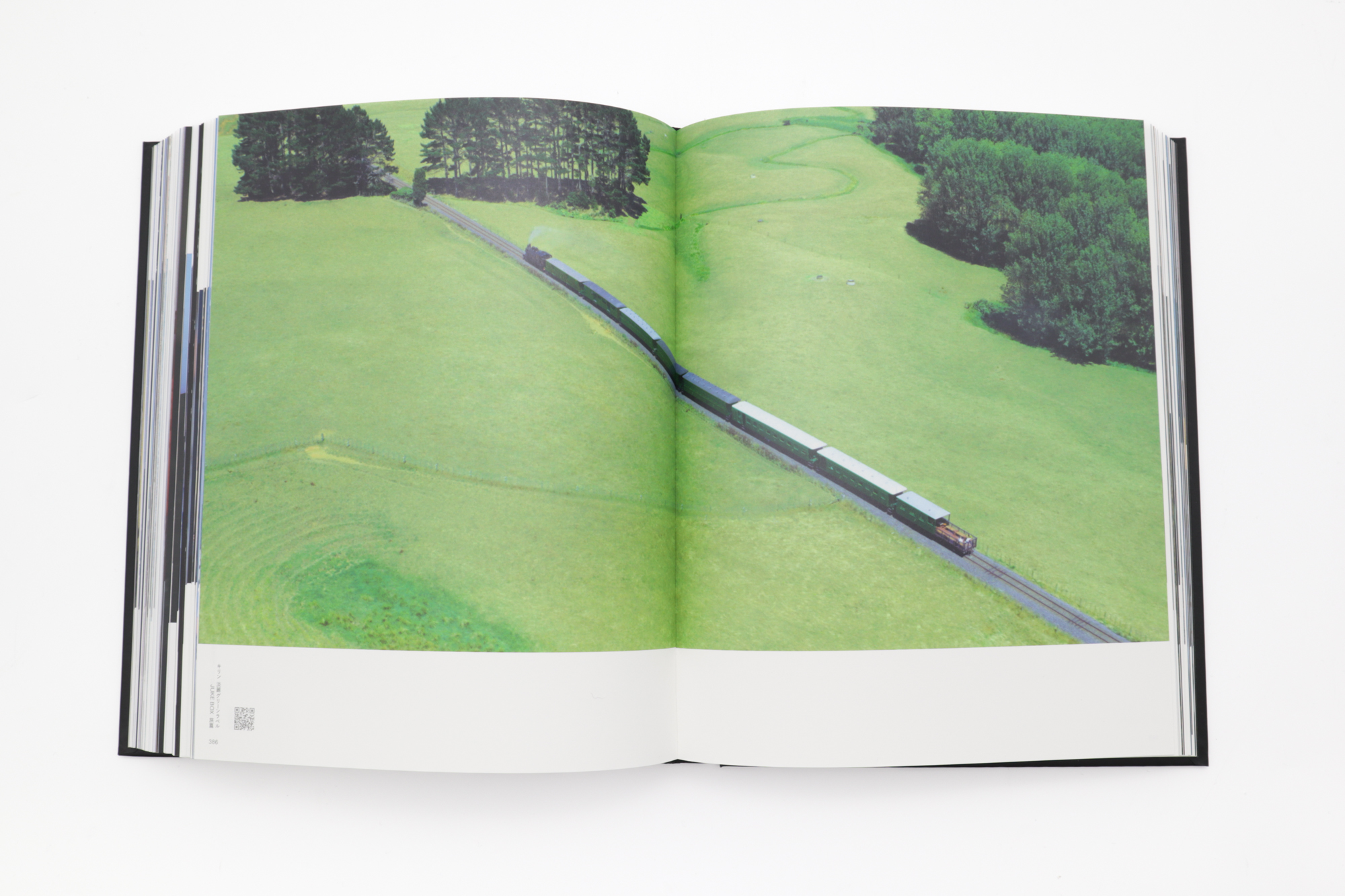
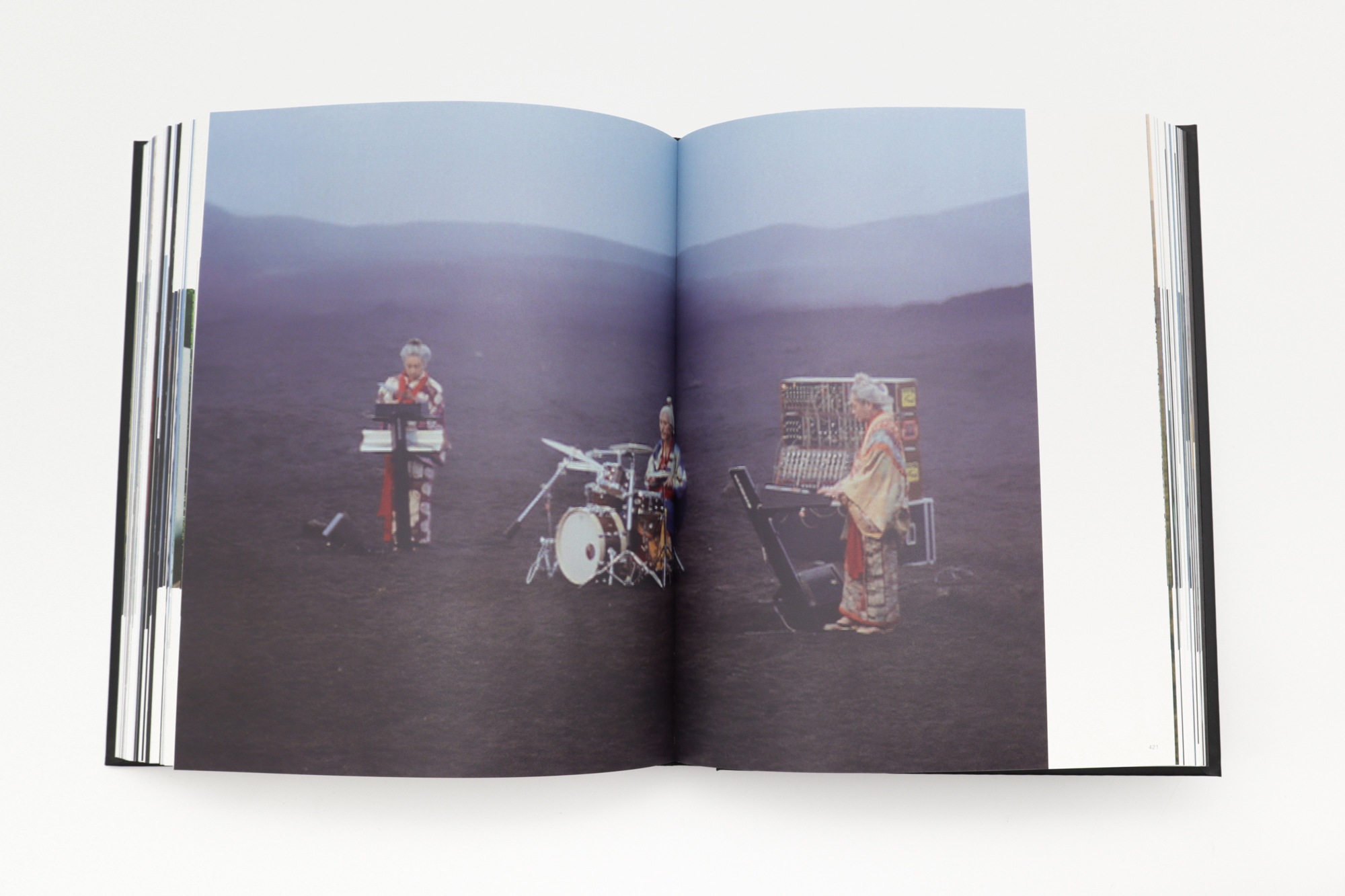

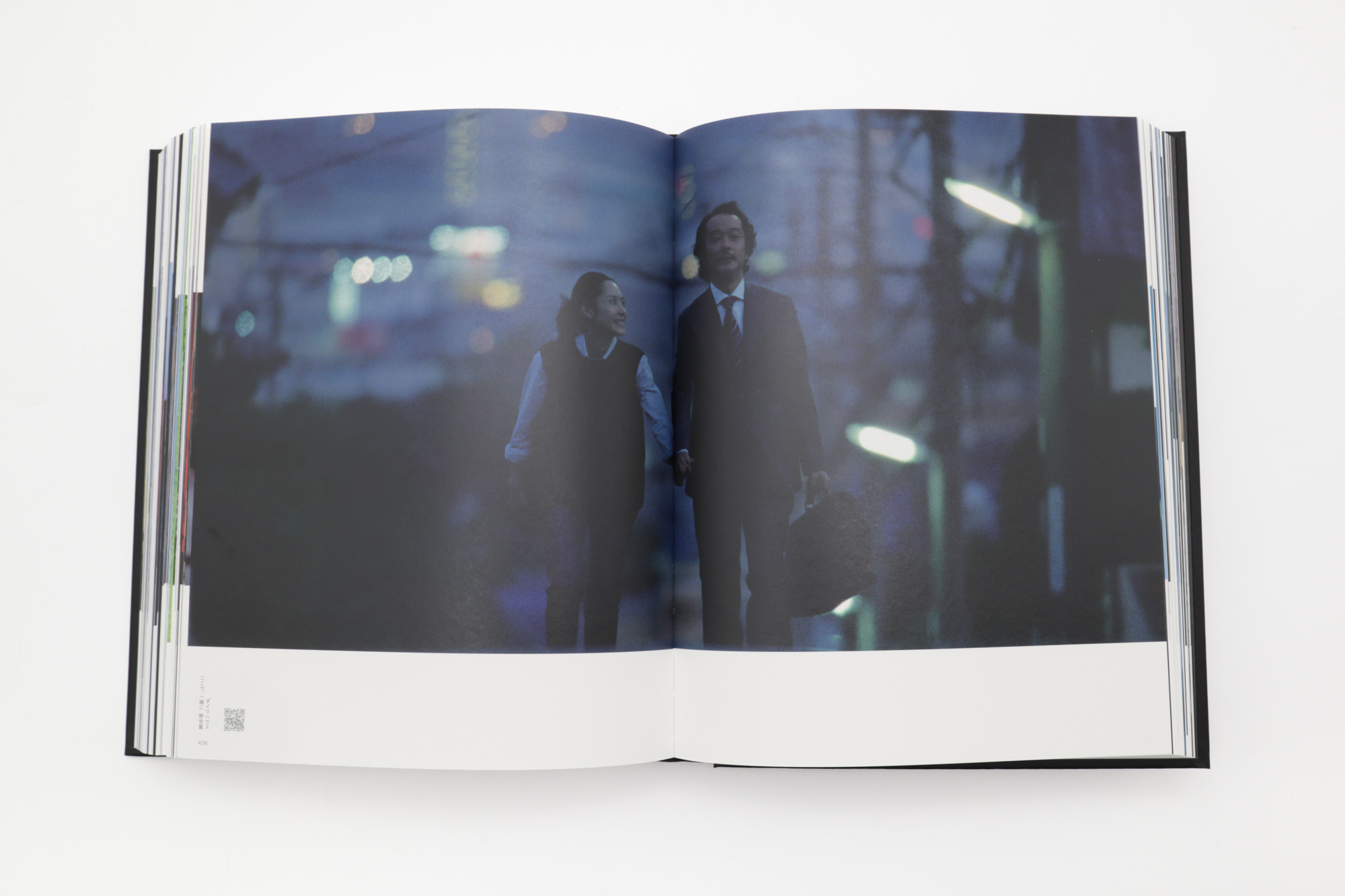
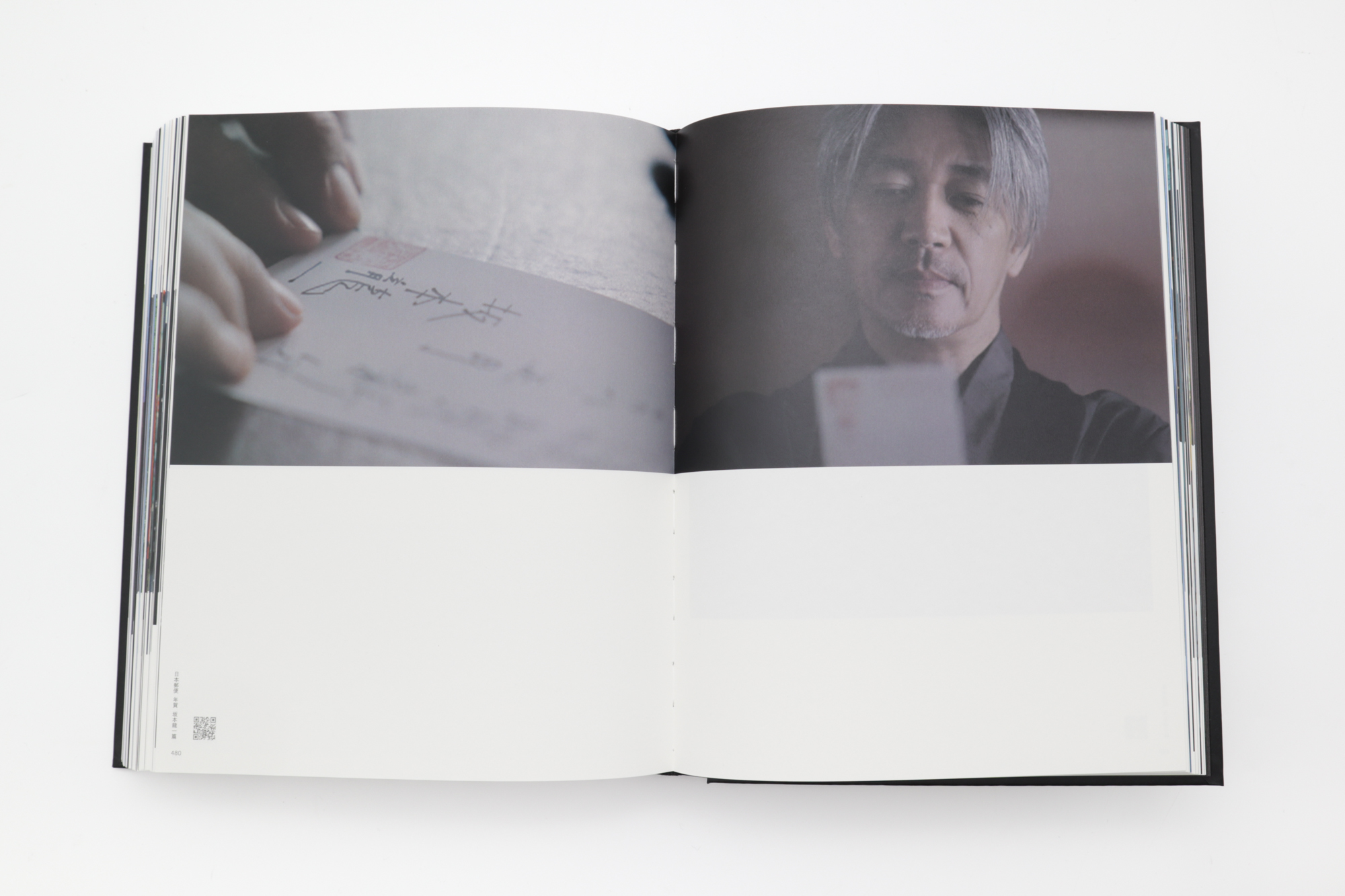
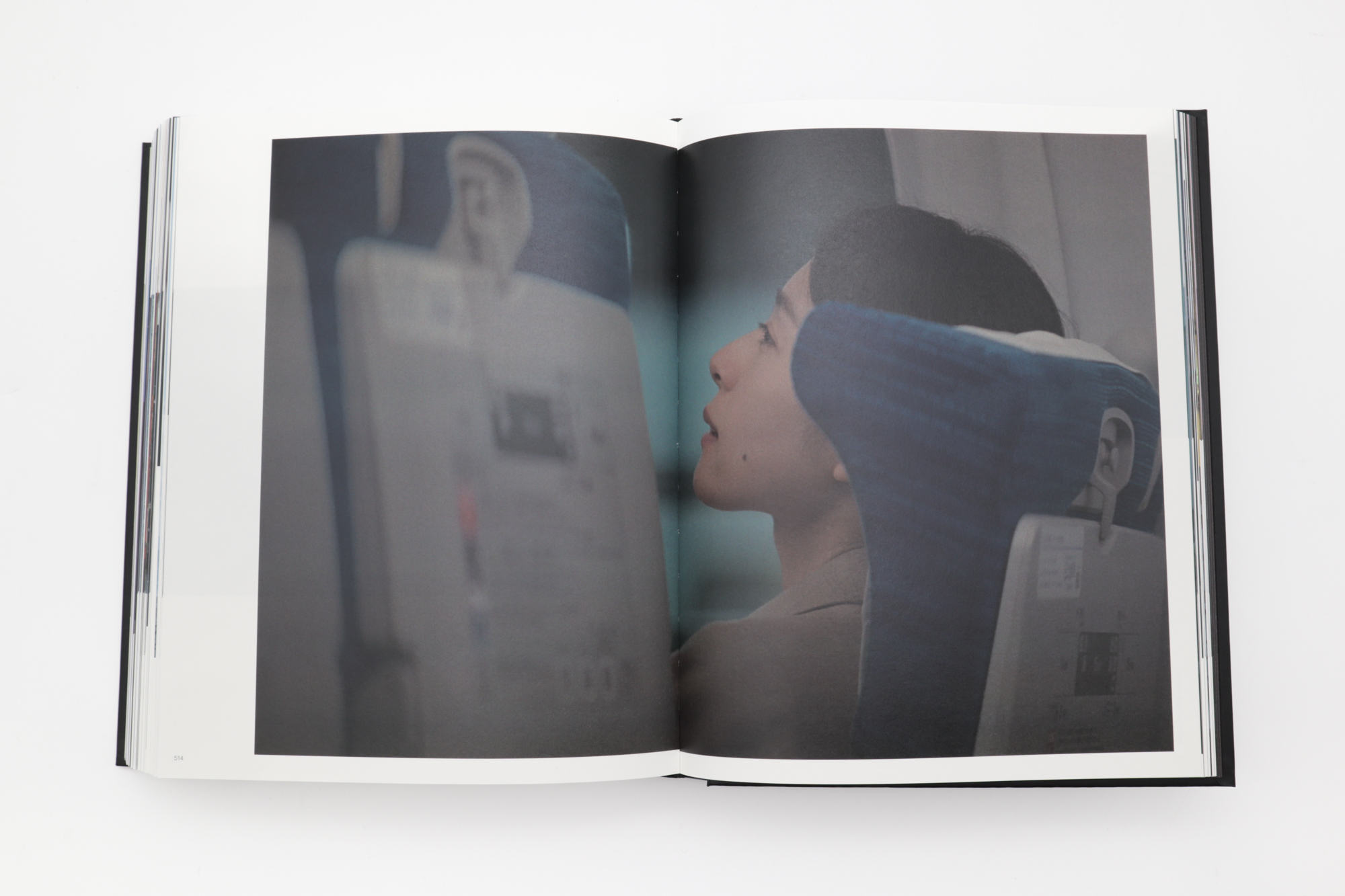
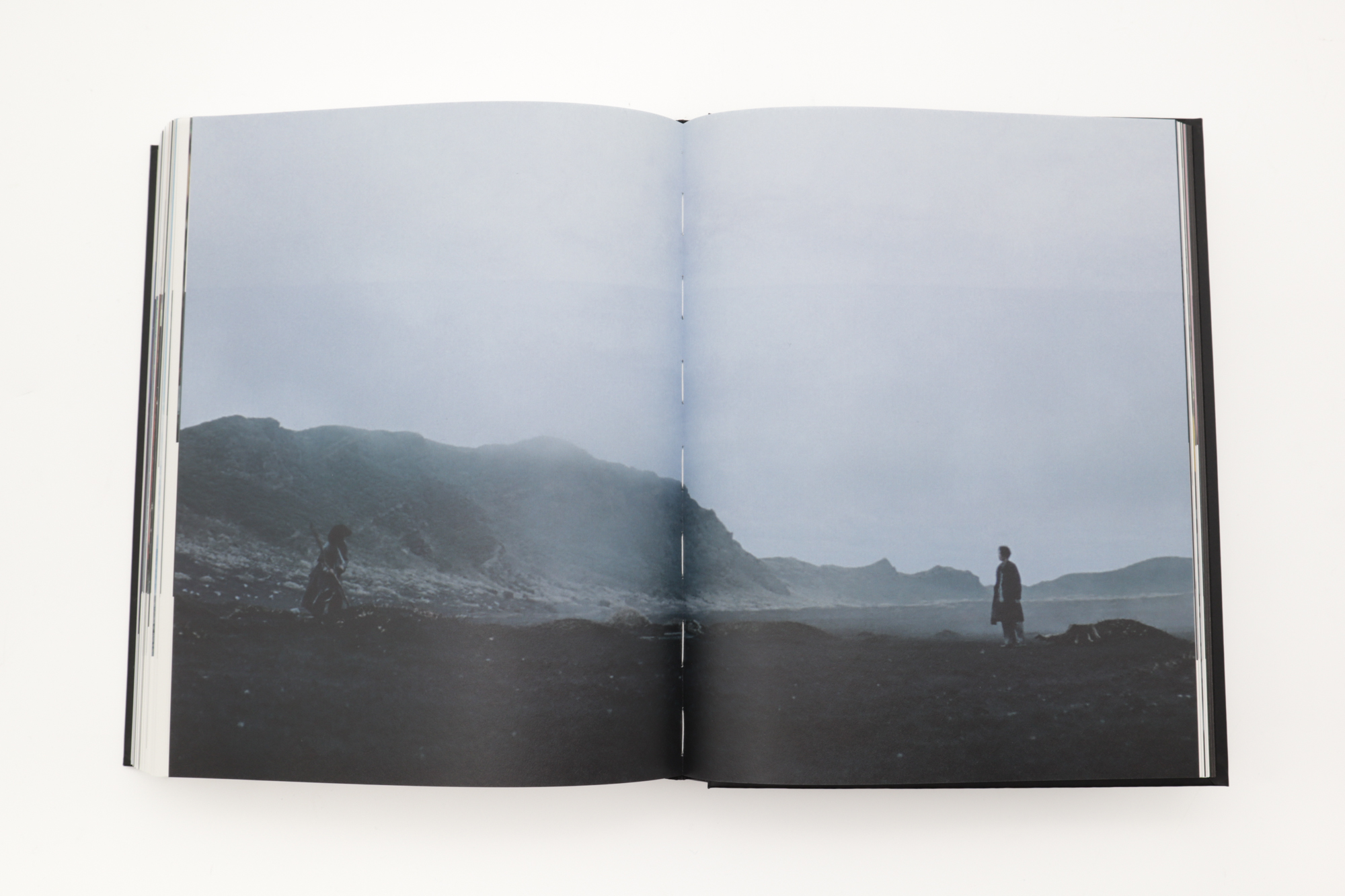

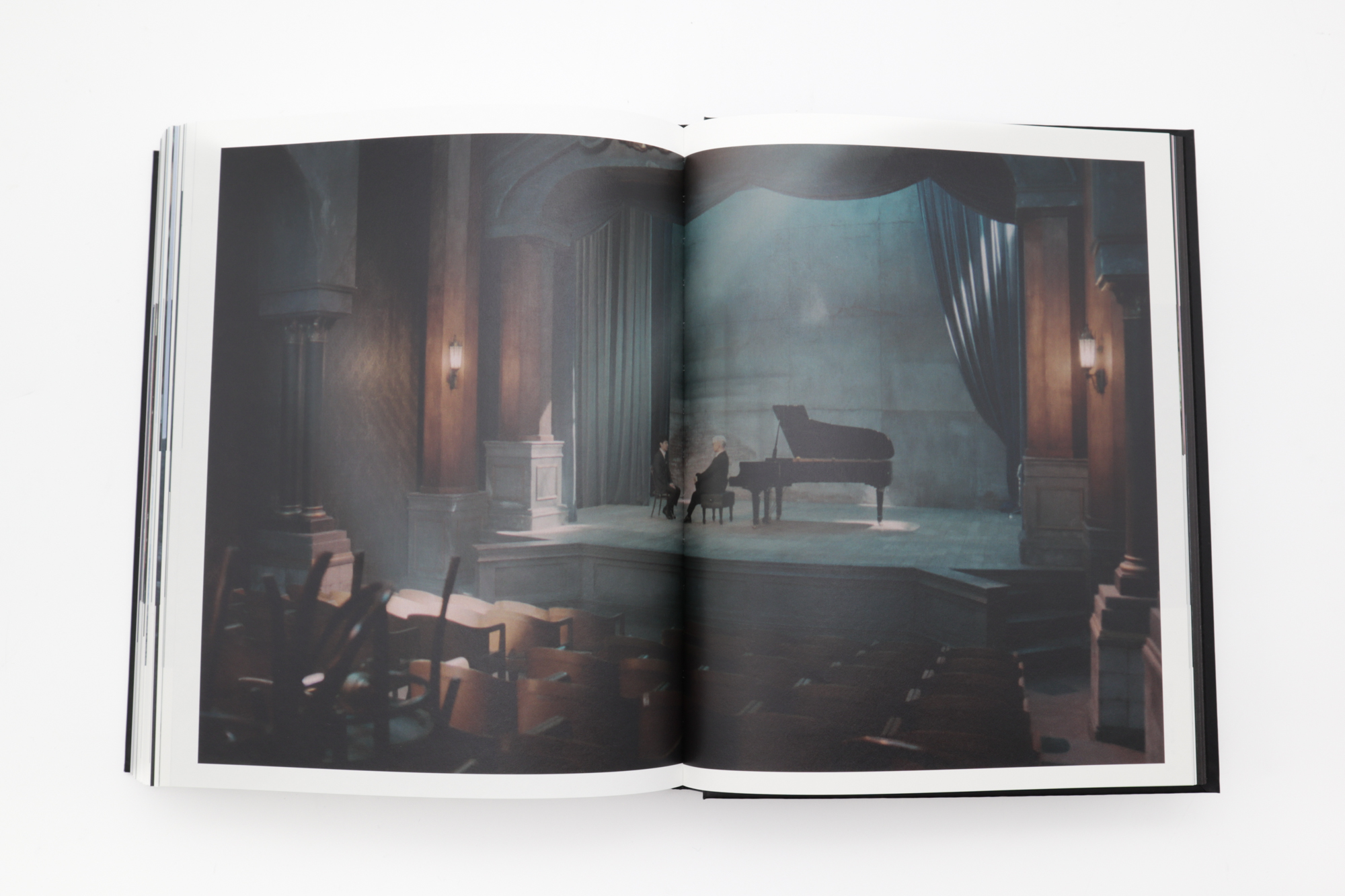
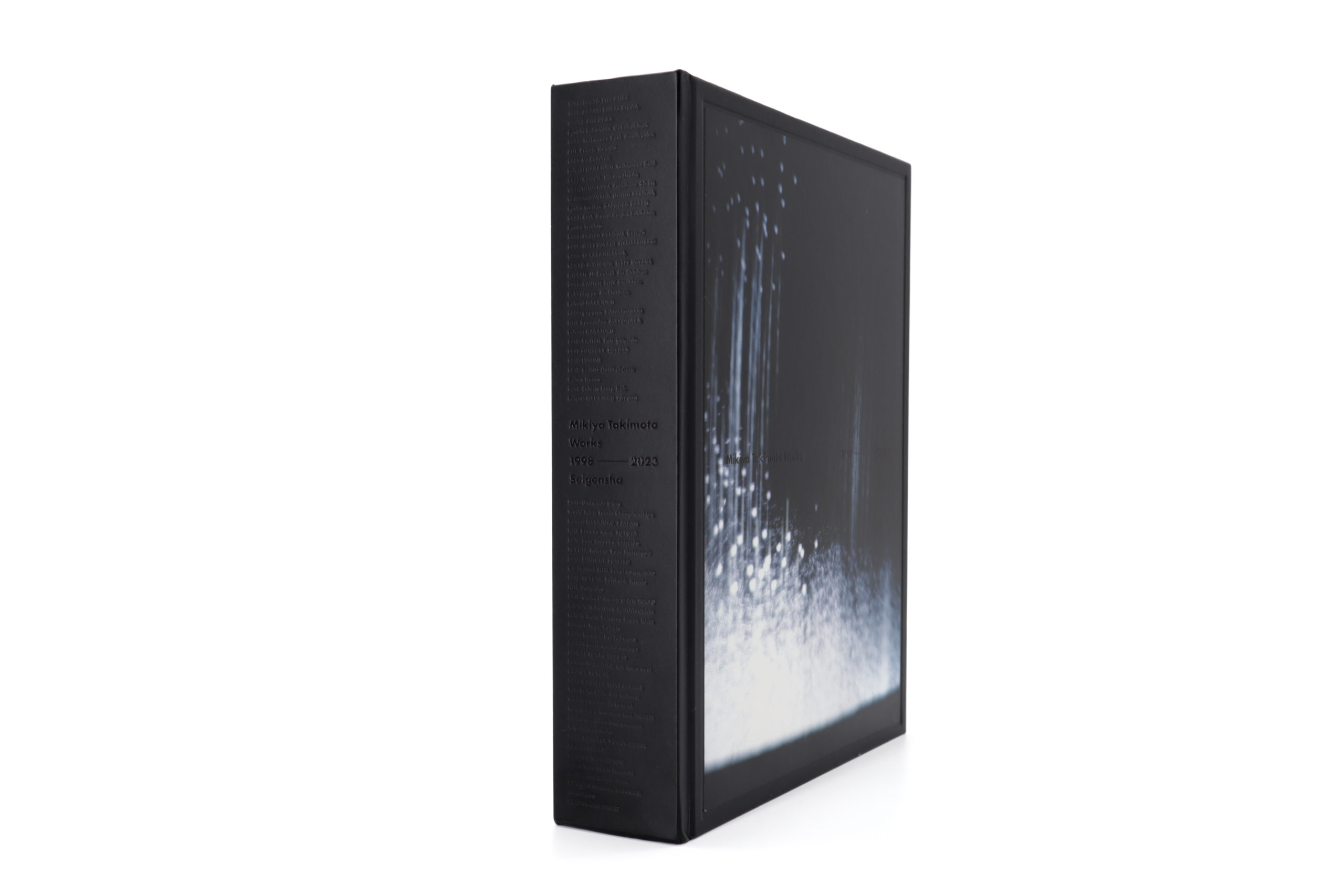

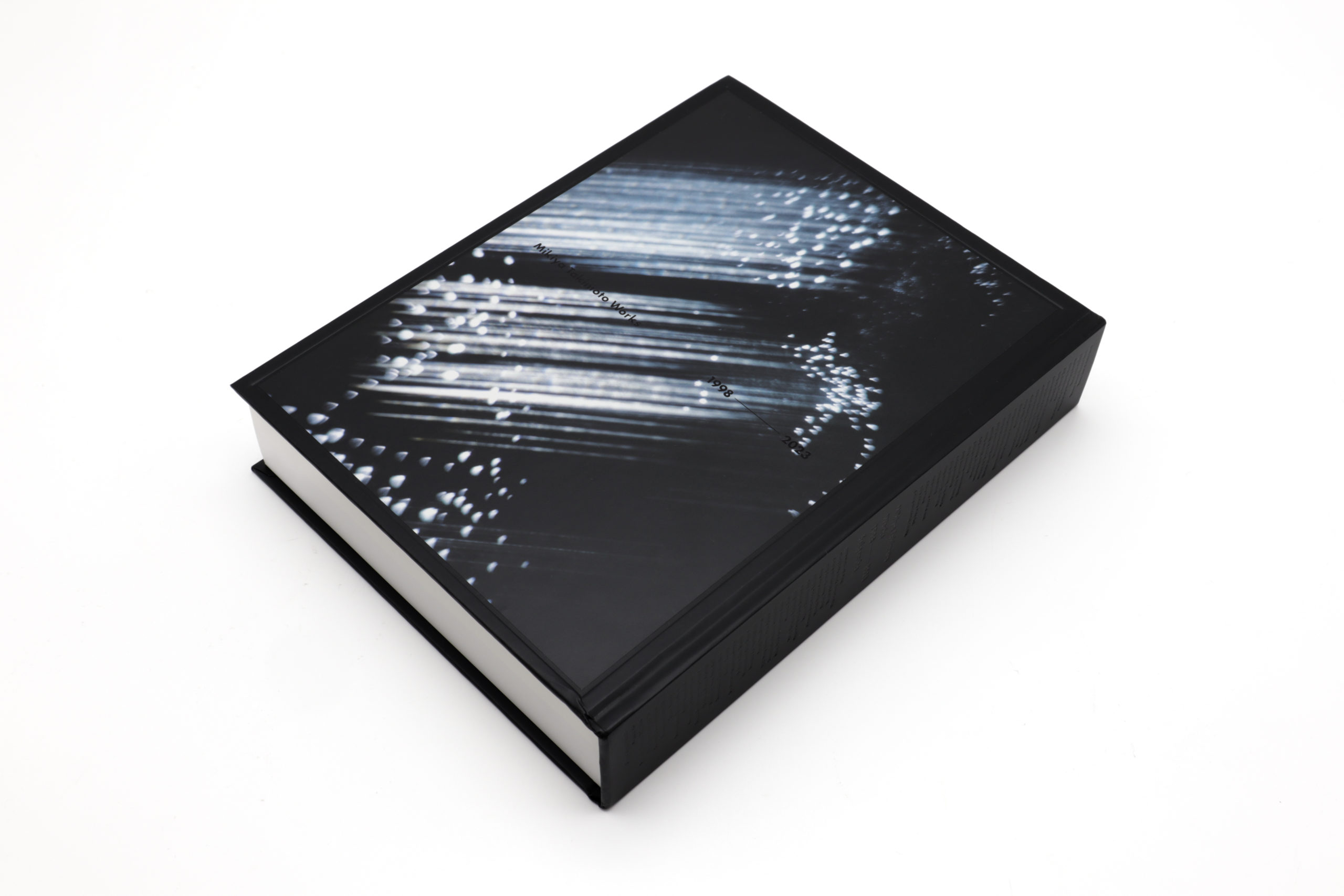
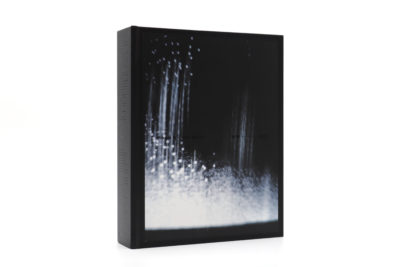
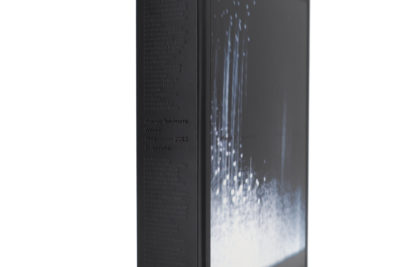

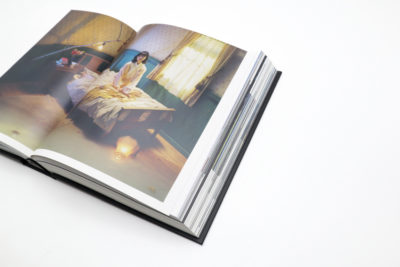
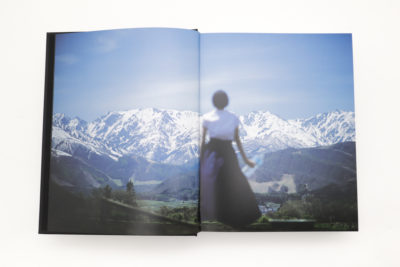




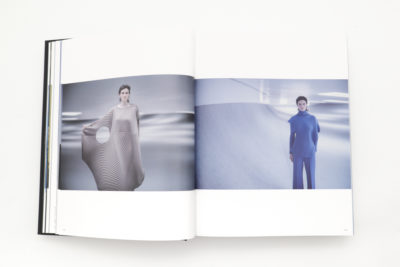
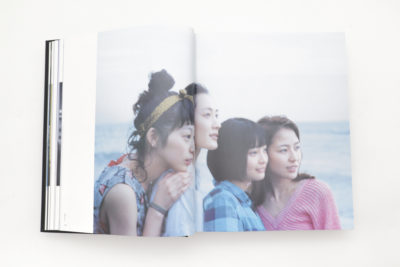
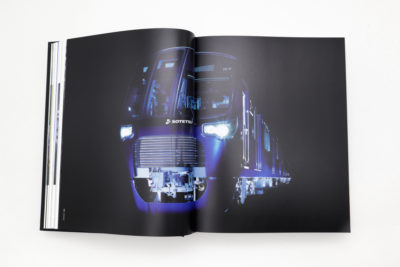
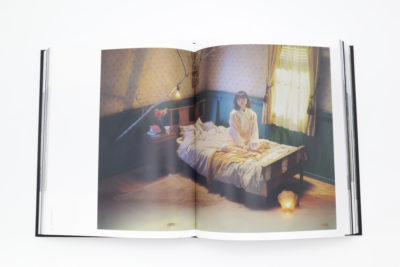




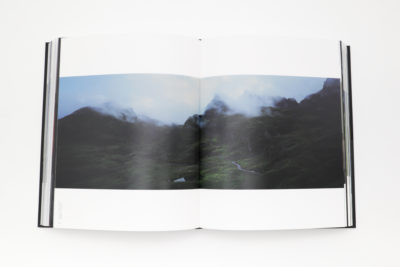


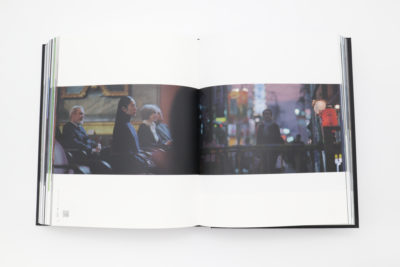
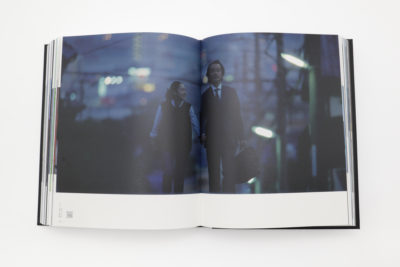


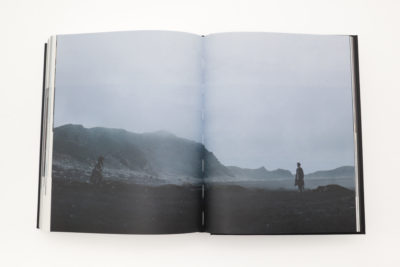
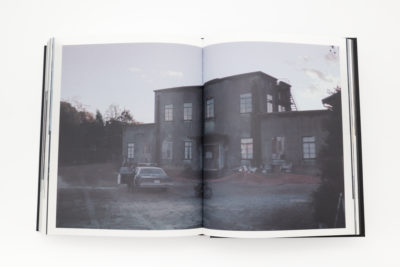

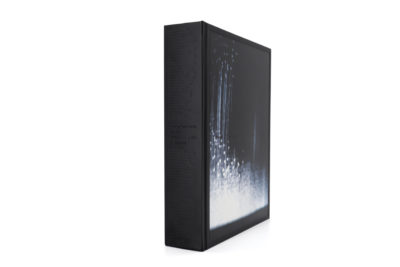
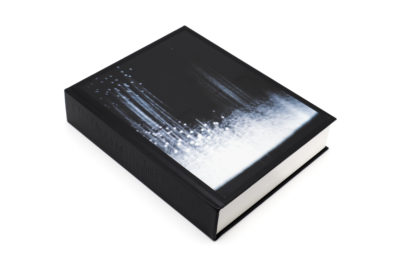

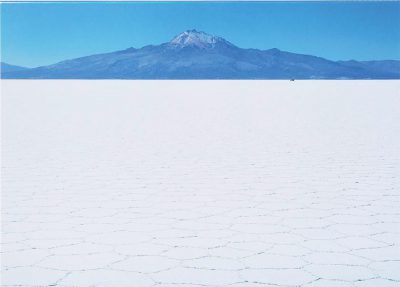






Ad photos, commercials, art photography, cinematography—Mikiya Takimoto works in all these fields, crossing together diverse genres into singular artistic expressions that grow ever richer as his career progresses. This collection, the first of its kind for Takimoto, focuses on the advertising work he has produced for clients in the quarter century between his start as an independent photographer in 1998 and 2023.
The volume comprises two parts. Part 1 presents a varied selection of some 120 photographic projects, including “Tokyo City Keiba Twinkle Lady Award,” one of Takimoto’s first efforts after turning independent; the early masterpiece “Toshimaen Pool”; and the main promotional visuals for Ryomaden, Sanadamaru, Reach Beyond the Blue Sky, and other historical TV dramas by public broadcaster NHK. His images for the CD albums of Mr. Children, among them Home and Supermarket Fantasy, are memorable even to those who aren’t fans of the band; his posters for the films of director Hirokazu Kore-eda include those for Like Father, Like Son and Our Little Sister, in both of which Takimoto also participated as a cinematographer. The posters for the Japanese broadcast of the 2015 World Table Tennis Championships earned him multiple overseas honors, while the advertising visuals for the Laforet Harajuku fashion building offer us the delight of seeing him in collaboration with a range of art directors. The photography for the Toyota 5 Continents Drive Project—in which Takimoto followed Toyota cars and employees out on the open road in Australia, North and South America, Europe, Africa, and Asia—took place on a scale far beyond what we think of as normal for advertising. Among his latest works, meanwhile, is the series of photos he took as part of a promotional campaign for Pocari Sweat sport drinks in 2023.
Part 2 brings together roughly 70 commercials, including three acclaimed series—“Grown-Up Elevator” for the Sapporo Draft Beer Black Label, which has been airing since 2010; “Here, Together” for Daiwa House, which has been embraced by viewers to a degree unusual for a TV commercial; and “We’re Acquainted” for the Sansan system of digital contact management, with its delightful contrast of polished visuals and offbeat humor. The all but legendary “Kirin Lager Beer: Time Slip” spot from 2006 stars none other than the three members of the Yellow Magic Orchestra; the series Takimoto created for McDonald’s carry the feel of a sequence of short films, while his commercials for Suntory Tennensui mineral water captivated viewers amid the Covid-19 pandemic. Not to be missed here are Takimoto’s recent projects, which demonstrate the new depths of expression he has reached through his cinematography work for Kore-eda.
The selections in both parts were made by Takimoto himself; the resulting volume comes out to a hefty total of nearly 600 pages, despite covering a mere 10 percent of his vast output. An added special feature is a discussion on the ideal relationship between photography and design by Takimoto and his close colleague, art director Kenjiro Sano, with whom he has worked repeatedly since the beginning of both their careers.
In today’s fast-changing world, ads come flooding out at us from seemingly every device. More and more, they are turning into so much extraneous “noise” that we skip through without a second thought, and that, indeed, makes Takimoto’s pursuit of the possibilities of advertising—grounded in his unwavering belief in the power of a single photo, a single 15-second spot—all the more valuable. His work may rightly be called a body of “advertising as art” like none other, and this book offers a satisfying look into his world, which ever seeks change even as it deepens.
Mikiya Takimoto was born in 1974 in Aichi Prefecture. He began studying photography under Tamotsu Fujii in 1994 and opened the Mikiya Takimoto Photography Office in 1998. Today he involves himself in a diverse range of activities, from shooting ad photos and commercials to publishing his own art photography and holding exhibitions in Japan and abroad. His creative eye and experience working in both photography and film led director Hirokazu Kore-eda to tap him to handle camerawork for three films—Like Father, Like Son; Our Little Sister; and The Third Murder—in which Takimoto gave shape to a richly distinctive visual world. Major series and publications include Bauhaus Dessau ⸫ Mikiya Takimoto (PIE Books, 2005), which takes a compositional view into the famed German school complex; Sightseeing (Little More, 2007), in which he travels to seven continents to capture people converging on the holiday atmosphere of tourist sites; Louis Vuitton Forest (Gentosha, 2011), portraying the forest preserve of the same name in Nagano; Land Space (Seigensha, 2013), which juxtaposes two contrasting series featuring primal scenes of the Earth (Land) and images of human civilization as epitomized by space exploration (Space); Le Corbusier (2017); and Crossover (Seigensha, 2018), a look back at the first twenty years of his career.